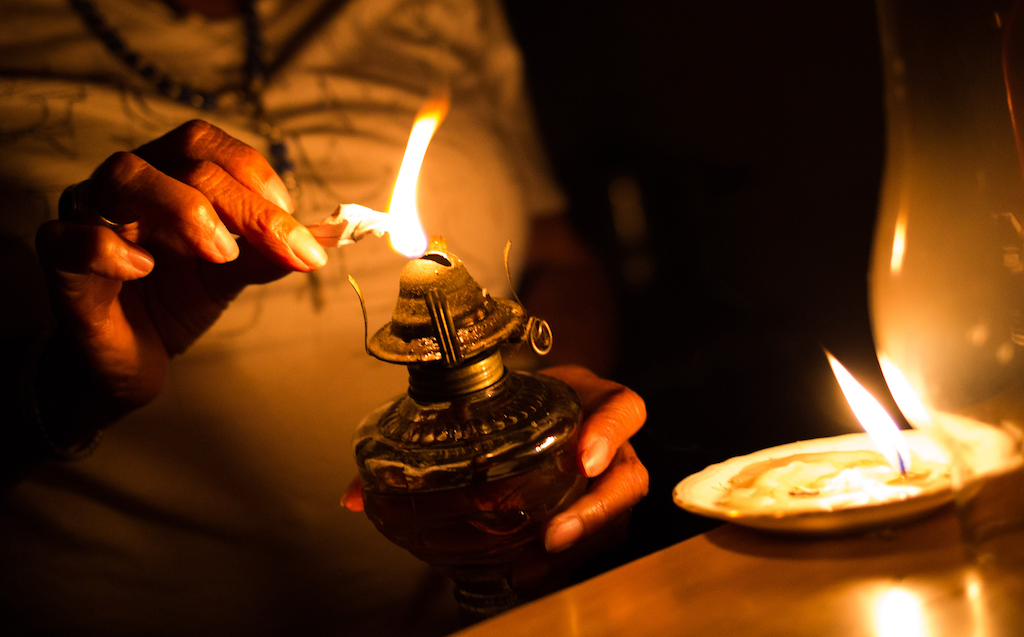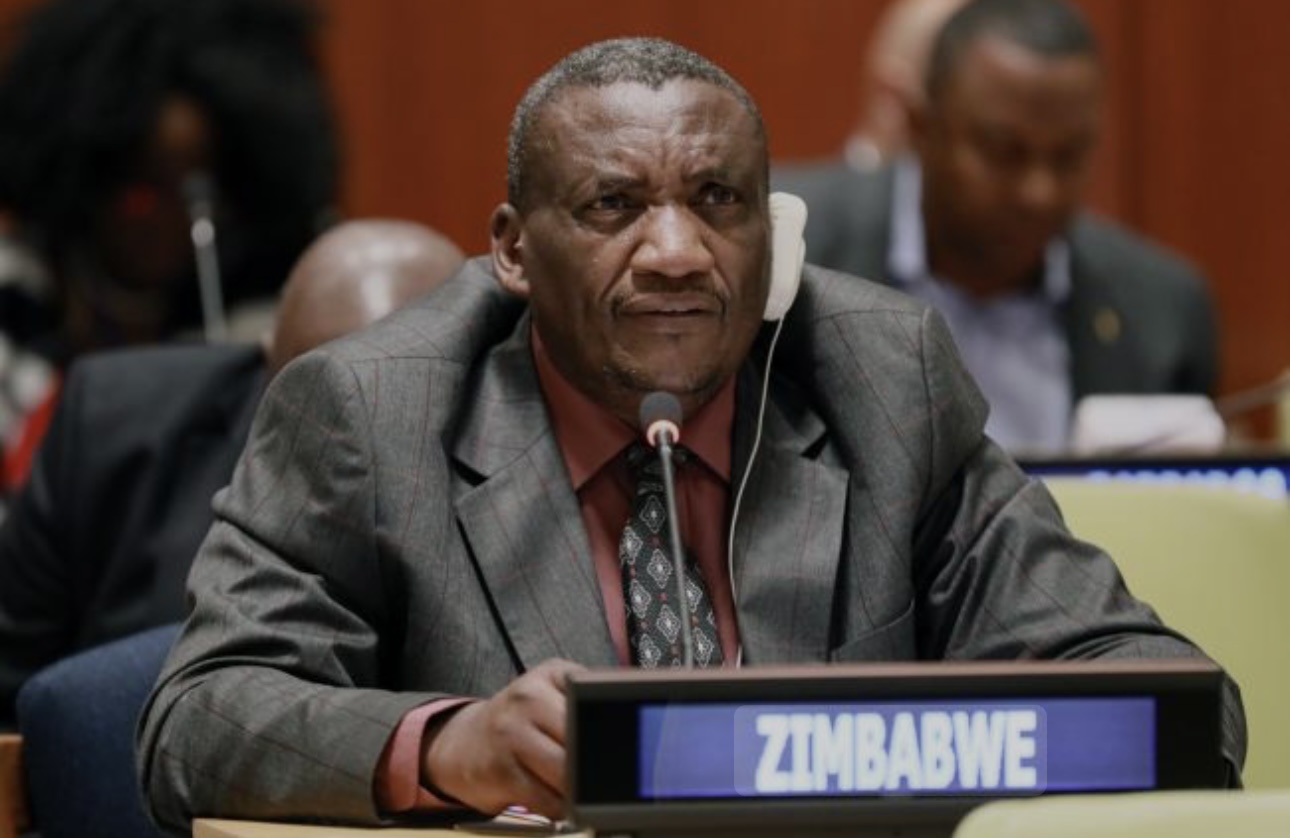BY NOKUTHABA DLAMINI
The Zambezi River Authority (ZRA) will maintain the current water allocation for electricity generation at the Kariba Dam for the rest of the year, bringing hope that power supplies in Zimbabwe will have some semblance of stability in 2021.
ZRA, jointly run by Zimbabwe and Zambia, said the 42 billion cubic metres (BCM) allocated to power utilities from both countries on June 25 will remain for the rest of the year.
Before the upward review, Zesco Limited (Zambia) and the Zimbabwe Power Company, were sharing an allocation of 30 BCM equally.
“The 12 million cubic meters (BCM) increase in water allocation announced on 25th June 2021 shared equally between the two power utilities, Zesco Limited and the Zimbabwe Power Company, for their respective power generation at Kariba North Bank Power Station and Kariba South Bank Power Station will be sustained for the rest of the year 2021,” ZRA chief executive officer Edward Kabwe said.
“The increase has now pushed the 2021 water for power generation allocated to the power utilities at Kariba stations from 30 BCM to 42 BCM.”
ZRA said the allocations were being increased despite the fact that Kariba Dam levels were receding.
The dam levels start going down at this time of the year after the end of the rainfall season. On August 9, Kariba Dam levels were pegged at 482.05m.
” From the last update made on 7th June when the lake level was 482.82, the lake level has receded by 0.77m,” Kabwe said.
“This has placed the lake level at 6.55 meters above the minimum operating level (MOL) of 475.50m.
“The recorded lake level of 9th August 2021 translates to 30.66 billion cubic meters (BCM) or 47.32% of usable or live storage.
“Last year on the same date, the Lake level was lower at 480.94m with 25.18 BCM or 38.86% of usable storage, with the lake being only 5.44m above the minimum operating level.”
On Monday, Zimbabwe was generating 1 023 megawatts of electricity from Kariba Dam, according to ZPC.
Meanwhile, Zambezi River flows around Victoria Falls are also receding following the end of the 2020/21 rainfall season.
“The Zambezi River flows at the world tourist destination, the Victoria Falls, are also receding owing to the close of the 2020/2021 rainfall season, closing the period under review at 627 m3/s recorded on 9th August 2021 which is less than the 9th August 2020 reading of 678 m3/s,” Kabwe said.
” It should be noted that, although the flows observed in the main-stream Zambezi River at both Chavuma and Victoria Falls gauging stations are generally lower this year than last year, inflows into Lake Kariba from its immediate environs (Lower Catchment) were higher this year than last year, which, to a large extent, explains why the lake posted higher levels this year than last year.
“Further, the water management strategies employed by the Authority to maintain sustainable storage through the water allocation system at Kariba are clearly paying off.”
Reduced flows are expected to persist until the start of the 2021/22 rainfall season.

 Slider3 years ago
Slider3 years ago
 National4 years ago
National4 years ago
 Tourism and Environment4 years ago
Tourism and Environment4 years ago
 Opinion4 years ago
Opinion4 years ago
 Special reports4 years ago
Special reports4 years ago
 National4 years ago
National4 years ago
 National3 years ago
National3 years ago
 National3 years ago
National3 years ago



